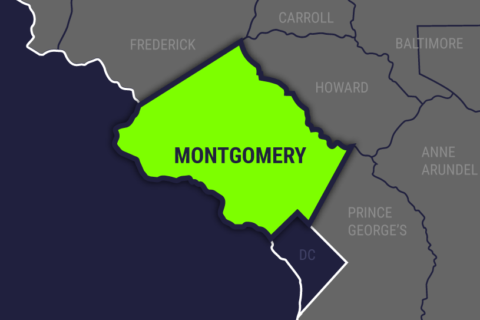WASHINGTON — For just the second time in nearly eight years, Montgomery County prosecutors successfully used Maryland’s anti-gang laws in a prosecution.
That’s not good enough, according to Montgomery County State’s Attorney John McCarthy.
“We need a gang statute that’s usable,” he said. “The gang statute that was passed is just not a workable option for us.”
McCarthy spoke a day after a judge found a 17-year-old MS-13 member guilty of assault in the stabbing of a man in Lake Forest Mall last year.
He told reporters that the Maryland anti-gang laws, last rewritten in 2010, are too complicated.
“Most crimes have two or three elements (needed to win a conviction). This statute has, like, 20 elements to it. It becomes almost unworkable. And, as a result, it’s not much of a tool,” he said.
Maryland passed its first anti-gang law in 2007, then revised it in 2010.
“The fact that the bill has been part of the law for about eight years and been used twice in Montgomery County, tells you that that tool given to us by the legislature is not enough,” said McCarthy.
In Northern Virginia, the problem is money — or, a lack of it.
The Northern Virginia Gang Task Force used to have a budget of $3 million a year. Now, it runs on $325,000.
Jay Lanham, a retired assistant chief of the Prince William County Police and executive director of the Northern Virginia Gang Task Force, blames changes on Capitol Hill.
He said the elimination of earmarks by Congress in 2012 decimated the task force’s budget. And it lost its champion on Capitol Hill, Rep. Frank Wolf, R-Virginia, who retired in 2015.







